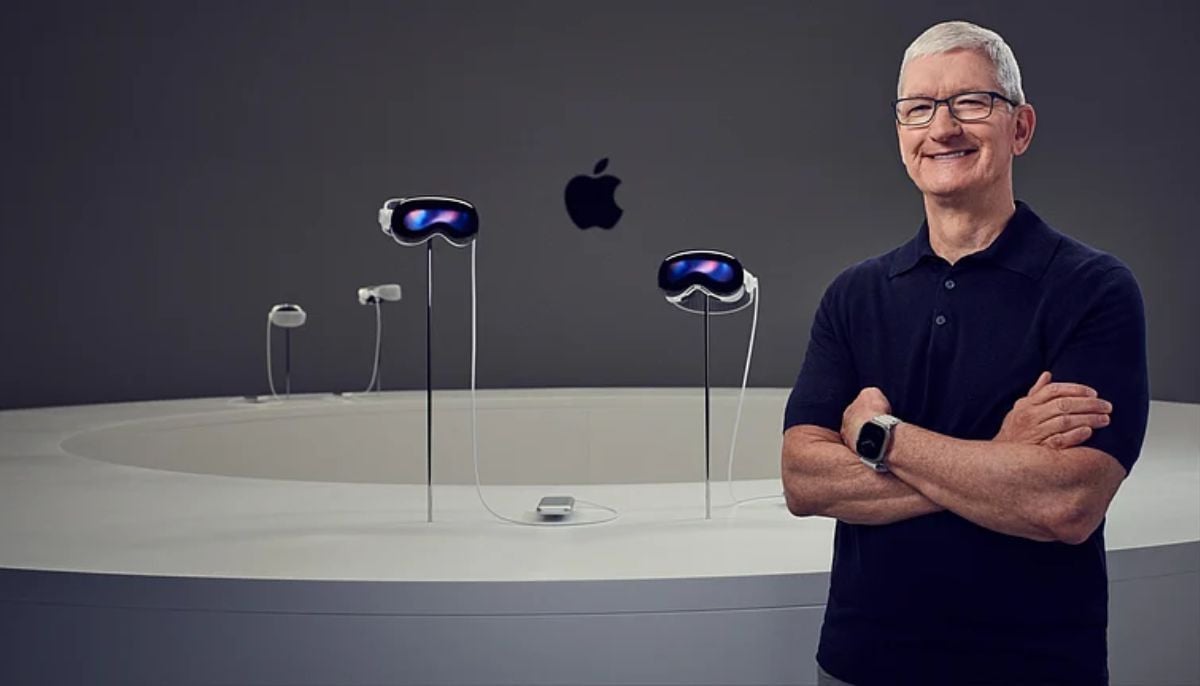Interpretation of Lyme Disease Tests Shows Variability
Accurate interpretation of Lyme disease diagnostics remains inconsistent across laboratories, a new study shows, highlighting the need for harmonized standards and enhanced clinician…

Accurate interpretation of Lyme disease diagnostics remains inconsistent across laboratories, a new study shows, highlighting the need for harmonized standards and enhanced clinician…

The full moon phase will begin at 6:20 p.m. Astana time on November 5, and by 03:30 a.m. on November 6, the Moon will reach perigee 356,832 km from Earth, making the lunar disk appear 7.9% larger and 16% brighter than during an…

Damaryan Benton doesn’t go out of his way to respond to emails after 5 p.m. Nia Joseph doesn’t worry about staying out late on a work night. Jessica Moran lets her manager know she won’t be reachable when she’s headed to weeknight pickleball practice.
They’re all early in their careers and, in the face of a slowing labor market, committed to having work-life balance.
Copyright ©2025 Dow Jones & Company, Inc. All Rights Reserved. 87990cbe856818d5eddac44c7b1cdeb8

Mumbai, November 1, 2025: Mahindra has officially unveiled the name of its next all-electric SUV — XEV 9S, the big, bold, and authentic 7-seater electric SUV built on Mahindra’s advanced INGLO platform. Designed to bring together power, presence, and pure electric performance, the XEV 9S marks a new chapter in Mahindra’s all-electric evolution.
Unlike re-engineered ICE vehicles, the XEV 9S is born electric — purpose-built on Mahindra’s INGLO skateboard architecture. This flat-floor design liberates generous cabin space, enabling clever flexibility like sliding second-row seats, ensuring every passenger enjoys first-class comfort. The skateboard architecture also gives the XEV 9S an inherently low centre of gravity, enhancing both stability and ride comfort — perfect for big families with big plans.
At its heart, the XEV 9S is about making space for everything you love — your people, your passions, and your life. It’s for those who live large, travel together, and refuse to compromise on electric performance or presence.
The world will get its first full look at the Mahindra XEV 9S during the ‘Scream Electric’ event in Bengaluru on 27th November 2025 — a grand celebration marking one year of Mahindra’s all-electric journey and its growing INGLO portfolio.
Because when it comes to going electric — Mahindra believes bigger is better.
YouTube Link: https://www.youtube.com/watch?v=AyCoOWFmoIc
Founded in 1945, the Mahindra Group is one of the largest and most admired multinational federation of companies with 3,24,000 employees in over 100 countries. It enjoys a leadership position in farm equipment, utility vehicles, information technology, and financial services in India and is the world’s largest tractor company by volume. It has a strong presence in renewable energy, agriculture, logistics, hospitality, and real estate.
The Mahindra Group has a clear focus on leading ESG globally, enabling rural prosperity and enhancing urban living, with a goal to drive positive change in the lives of communities and stakeholders to enable them to Rise.
Learn more about Mahindra on www.mahindra.com / Twitter and Facebook: @MahindraRise / For updates subscribe to https://www.mahindra.com/newsroom
Siddharth Saha
Sr. Manager, Marketing Communications, Mahindra Automotive
Email – [email protected]
You can also write to us at: [email protected]

The 78th Independence Day of Gilgit-Baltistan was celebrated on November 1 with great national enthusiasm across the region, including in Astore district.
The day marks the historic moment in 1947, when the people…

Apple CEO Tim Cook has…

Voting is in progress for the Islamabad Bar Council elections, with polling scheduled to continue until 4:00pm. Over 6,000 lawyers are eligible to cast…